One year has passed after Hirasawa, founder of Arch Inc., passed the baton of president & representative director to Tetsushi Suzuki.
We asked the two representatives of ARCH, who are undaunted by the COVID-19 pandemic and continue to be passionate about their work, about the background to the change of representatives and their passion for content production.
While Hirasawa says, “We are here to guide you safely through the gates of animation,” Suzuki says, “People who want to make animation should not come to ARCH.” What does he mean?
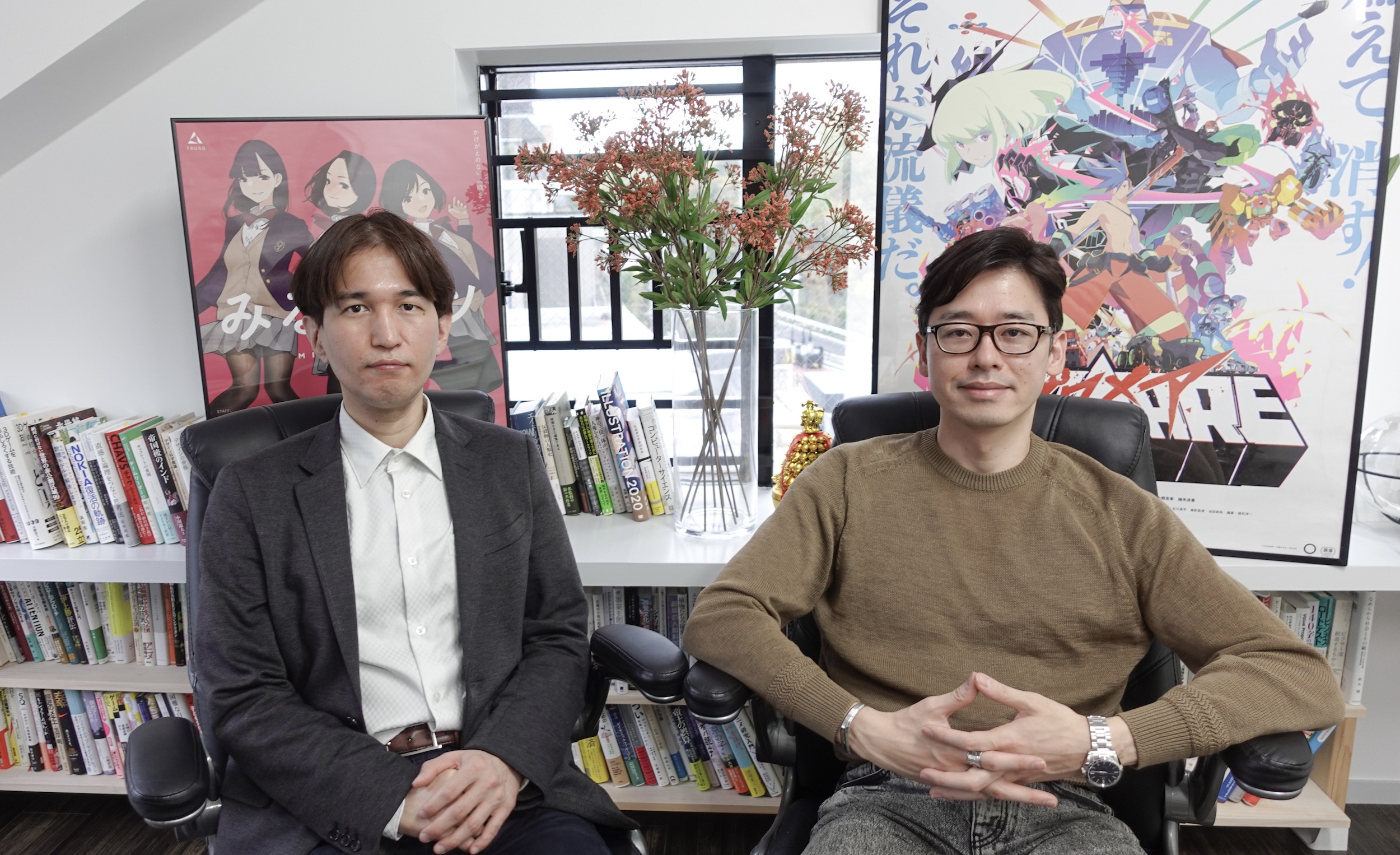
──First, can you tell us about ARCH’s current personnel and how Mr. Suzuki came to be president?
Hirasawa: Starting in the spring of 2020, Suzuki inaugurated the position of President and Representative Director of ARCH, and I am now the CEO of ARCH, which means we are in a co-leadership.
I had joined a CG/VFX production company called Graphinica as a director starting April 2019, and I was offered to be the president of that company.
I was not sure about it, but I have an idea that I cherish, that by moving on to new opportunities myself, I will create other opportunities for my colleagues.
In that vein, I became the president of Graphinica, and I wanted to ask Suzuki to be the president of ARCH.
Suzuki: When I heard that Hirasawa was going to be the president of Graphinica, I thought this was good news for ARCH. Hirasawa has been leading ARCH until now, but I felt that leading Graphinica, a company much larger than ARCH, would be a great opportunity for ARCH and for me as well.
Hirasawa: Actually, when I announced the news within the company, the reaction was split in two. Most people expressed their concern about what would happen to ARCH, but Suzuki and a very few others pushed me to do it, saying, “That’s an opportunity, you should definitely do it.”
The reason why I appointed Suzuki as president is, that for a small company like ARCH, the driving force of the president is very important. Suzuki and I had worked together for a long time, so he doesn’t need a lot of words to understand my thoughts. And he is willing to take risks.
This makes him attractive to me, and I am glad that I appointed Suzuki as president.

Suzuki: Hirasawa and I actually went to the same school in junior high and high school. We didn’t know each other at that time, but since he was two years my senior, we were probably in the same school building.
Hirasawa: More than half of the 250 students at that school go into the sciences, and most of them are people who go into rigid jobs. People who enter the entertainment industry are very few and rare. Furthermore, we coincidentally joined the same company.
Suzuki: We started working at the same company, Production I.G, in 2009. More than a year after we started working together, we were having lunch at a restaurant in Shibuya that students go to, talking about a school nearby… Then we discovered that we had been in the same junior high school and high school.
At that time, Hirasawa was in legal, and I was in corporate planning, so we were in different departments and jobs.
──Mr. Suzuki, why did you decide to enter the entertainment industry?
I loved Anime from the beginning and was involved in Anime club activities at university.
We made independent animation productions, but since I am not a person of high artistic ability, I helped organize screening events and lectures by creators.

──What kind of Anime works were shown and popular on TV at that time?
Hirasawa: Around 1995 or so, OVA for adults started to show numbers, and in 1996 or 1997, main TV stations started to broadcast late-night Anime. Moe Anime did not yet exist, only something that looked more and more like moe Anime was just starting to appear.
Suzuki: From a technical point of view, it was a time when Anime, made with sakuga , were being digitized. The first works were broadcast in which the robots were CG, and the rest was hand-drawn (made with sakuga). For the first time, an answer to the debate about the correct way of doing animation was found. It was a very difficult time.
Hirasawa: It was also around this time that LD almost ended.
Suzuki: I used to get disc-boxes from seniors who were getting jobs and retiring otaku.
Hirasawa: In those days, being otaku was considered something to be ashamed of, so we had to hide.
Suzuki: What is different from nowadays is that we were not dependent on the Internet. You can do all the things simultaneously using the Internet now, but back then we were connecting individually, so communication was close.
Hirasawa: There was an Anime shelf in the corner of a record store, and there used to be a famous salesperson. There would be rumors going around that “that person is said to be acquainted with a famous production company.”
There was a cork board outside the Kichijoji Animate where information could be exchanged.

Suzuki: I remember it! Our club also had a traditional notebook that everyone passed around and wrote in.
──Your otaku life was quite fullfilled.
Suzuki: Yes, it was. I decided to work in the animation industry and joined Broccoli.
At the time, Broccoli was engaged in a variety of businesses, so I was told to first take a look to just get an overview of each business. I went around to various sections every six months.
Since I had said from the time I joined the company that I wanted to work in animation, I was put in charge of the animation section in about my second year and worked on productions as an assistant producer.
I worked at Broccoli for about five years, but I felt to be confronted with some challenges.
There were many black boxes in the animation production process, and it frequently happened that things would go as the client had envisioned up to a certain stage, but then something completely different would be produced. I was originally involved in independent animation production when I was at university, but I felt that unless I worked at a production company, I could not understand what was happening in the areas that I could not see, so I used my connections and joined Production I.G.
The studio is a place where people with different ways of thinking come together to create works under various restrictions, including employment status. Studios are not open about this to clients and are not good at explaining it. It is difficult for people from other industries to enter this area.
As a team member of the studio Production I.G, I was able to learn about what is happening inside the studio and the impact of orders. I was also in charge of negotiations with external parties in a section called the Planning Office. There I learned what the external business side wants when ordering animation. My experience from my previous job helped me as well.
Currently, this is a task that all producers at ARCH perform. We listen to the client’s requests and try to find out what they are looking for. The resolution of the requests varies from client to client. For example, if the client’s request is to enhance the image of the company, we will propose the option of producing PV or commercials. If the decision to produce an Anime is optimal, we will propose studios and creators and build up a framework through meetings.
Hirasawa: Recently, we have begun to participate more and more in creating studios.
We have also shifted to creating production methods as ARCH, such as creating a studio with a Chinese game company. Suzuki, who has a science background, is also in charge of the production of tools for making Anime.
──What do you mean by tools for making Anime?
Suzuki: ARCH’s technical advisor, Mr. Kato, is developing a storyboarding tool in cooperation with animation director Kazuya Murata.
The storyboarding process is a relatively under-digitalized part of the animation production flow. By digitizing pre-production work such as storyboards and image boards, Anime can be completed digitized.
While the work of drawing pictures in the pre-production stage will continue to be digitized with the spread of drawing tools and progress management tools, the creativity and efficiency of a storyboard are fields which can be supported by new software, so we are creating a software for this part of the process.
Storyboarding is an important process in which the creator’s imagination is directly reflected in the image. Since we live in an age where we can do so many things digitally, we felt that we needed a digital tool that could assist and expand the imagination more than when drawing on paper. For ARCH, it is also very meaningful to create a project that does not yet exist in the world.
──Can you tell us about your vision of the kind of society that will be realized by the existence of ARCH?
Suzuki: This has not changed at all since Hirasawa was president, but I believe that ARCH is the gateway company to the animation industry.
Whenever a person in the world wants to make Anime, we will propose the best way to make it. With ARCH, any person in the world can make Anime along the best lines. That is our vision.
──The “world” is one key word for ARCH.
Hirasawa: In becoming the first successful example, I hope that there will be more exchange. This possibility encourages me.
The difficulty is that because there is no precedent, there are many differences in common sense, foundations, and what we believe to be important in terms of the essentials.
We can only discuss and understand each other when problems arise, so we have to keep thinking about how to move forward in these situations.
This is both challenging and rewarding at the same time.
──How do you usually communicate with your employees?
Suzuki: I believe that ARCH is a place where all employees become producers.
Therefore, I think it is necessary to even talk to new graduates as producers on an equal level from as early a stage as possible. We sometimes teach them what to do in the form of employee training, but in the end, a producer in the Anime industry must be able to solve all problems on their own. In order to become a person who can do that, we must treat others with respect. We always treat our employees with the understanding that each of us is an individual.
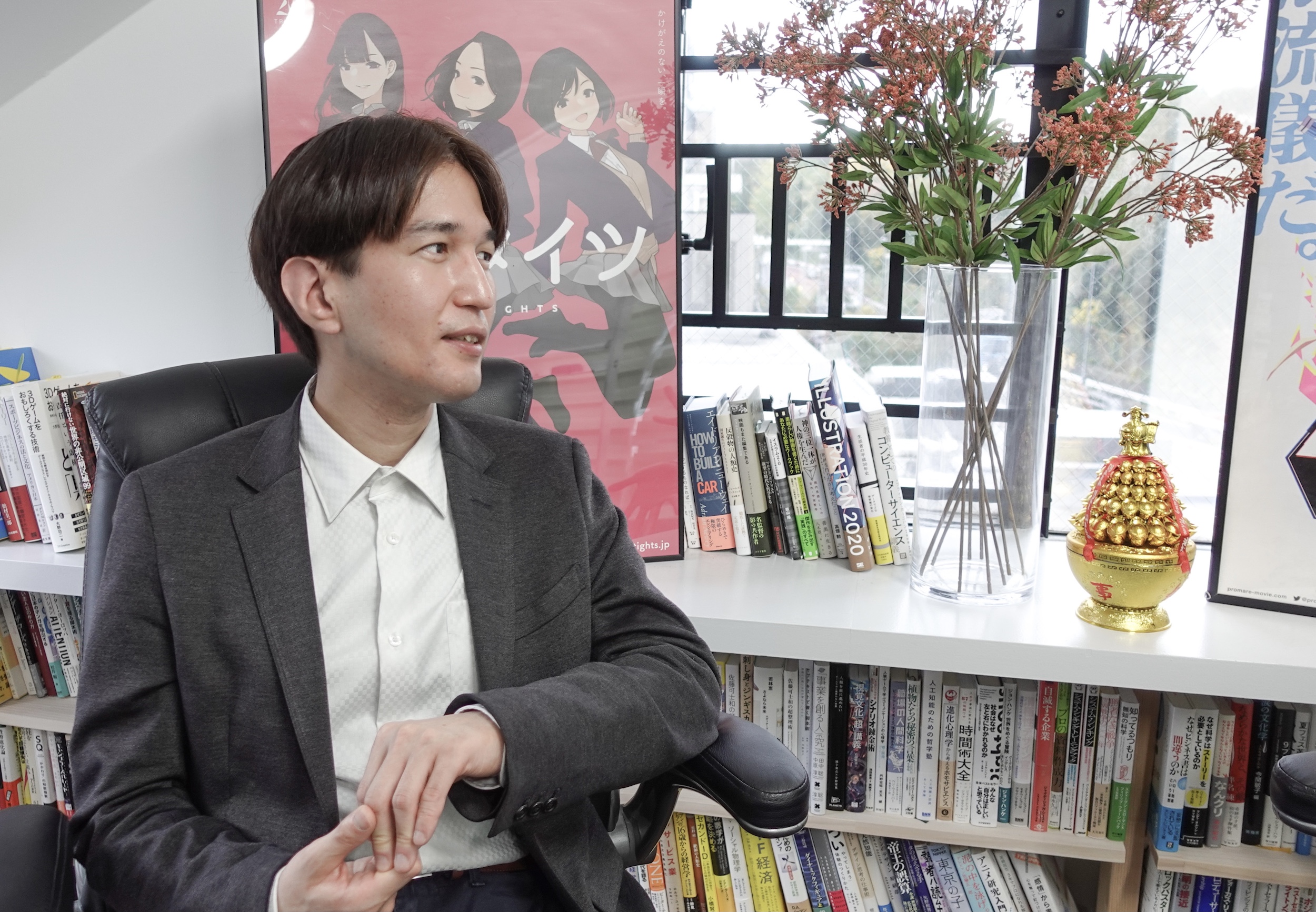
──What does a producer mean to you, Mr. Suzuki?
Suzuki. I believe that it is an existence to realize a vision that no one else in the world has yet, or in the case of Anime, an image that no one has yet seen, and it does its best to make it a reality.
──What would you aim for to do in the content industry in the future?
Suzuki: Firstly, our goal is to foster the growth of the kind of producer ARCH is looking for and bring them out into the world. Secondly, to prove that the presence of a producer can make the creation of content smoother and easier.
I believe that by doing so, we will be able to solve the problems that exist today and make the entertainment industry a better place to work.
──Now, could you say a few words to the clients?
Hirasawa: Earlier, we mentioned that ARCH is a gateway, but what gateway is it? I believe that it is a gate that provides a safe passage to the Anime industry, which has many unique rules and regulations. At the same time, we believe that it is necessary to provide not only a gate but also directions.
Suzuki: Exactly. The fact that someone is interested in ARCH indicates that they are interested in creating Anime.
However, since we are a problem-solving company, we will not only support you in creating Anime, but will also discuss with you the essential issues that lie beyond that and provide you with our services.
Hirasawa: What we are doing is also providing a second opinion.
That’s why we ask, “Is it really Anime that you want to create?” We then determine the essence of what the client really wants. This is part of our job as producers.
──Then, please give a message to those who are interested in ARCH as a workplace.
Suzuki: Well, people who want to make animation should not come to ARCH.
──That sounds quite the opposite to what you said before…
Suzuki: I believe that ARCH is a company that creates ways to create Anime. If you are interested in working on animation from that perspective, I believe we can provide you with a place where you can be fully active.
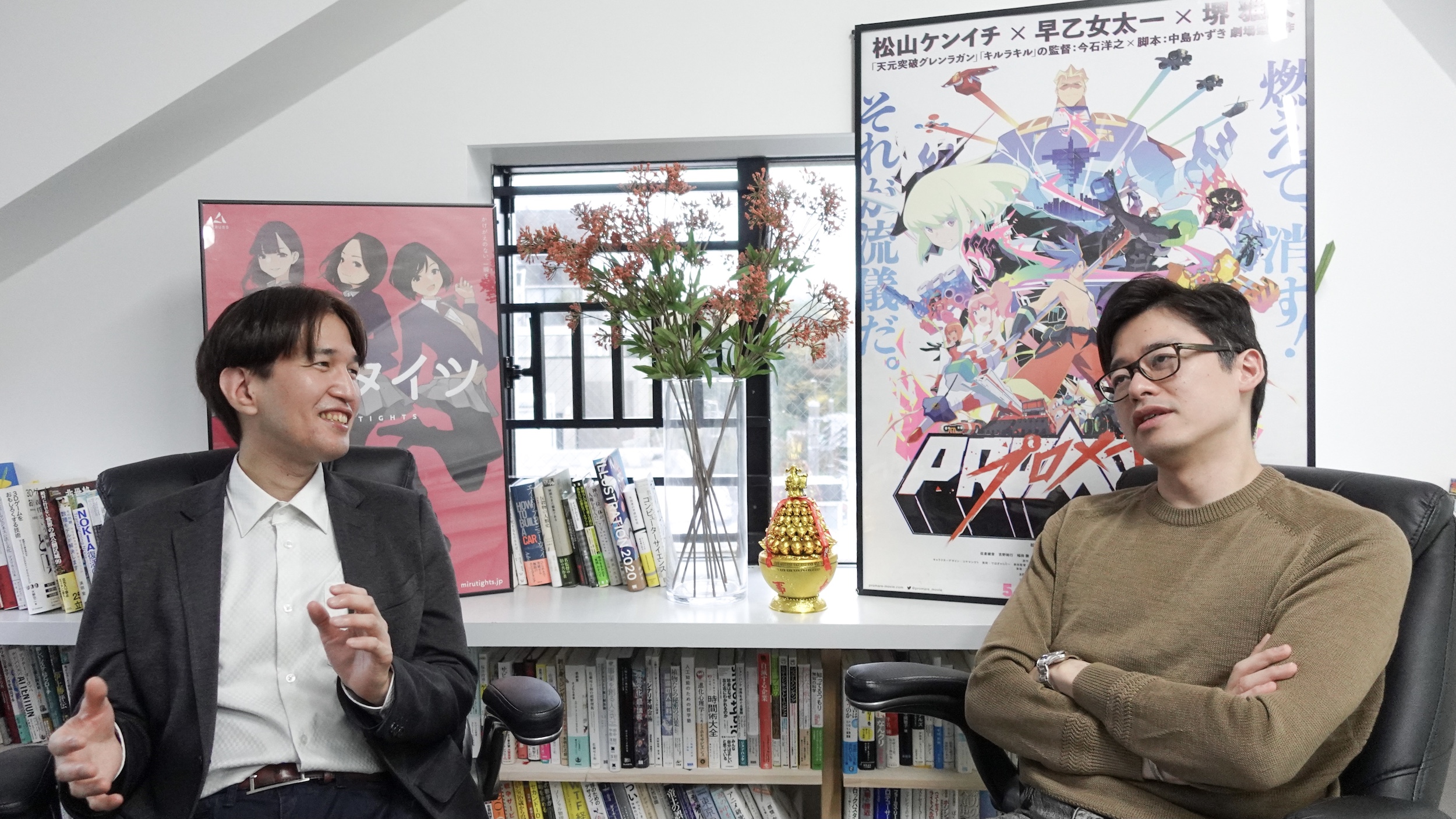
Hirasawa: I mean, we don’t say “Don’t come!” lol
While I was trying to reach out in all directions to make Anime by myself, I started my career in legal work, gradually approached being a producer, and when I became a producer, hand-drawn animation changed to CG. In the process of producing with CG, I realized new challenges, that’s how I have always continued to work on new challenges.
Perhaps ARCH is a company like that.
We have a training camp about once every three months, and every time we have the camp, we come up with a new policy and change our approach, saying “ARCH is a company that is reborn once every three months.”
We are very flexible, changing what we do little by little. At the core, we are passionate about creating Anime. I think if you can identify with this, you will be able to play an active role.
Suzuki: We believe that our company should always be a place of psychological safety, and we welcome people of all abilities to join us.
Please come and visit us.
──Thank you.
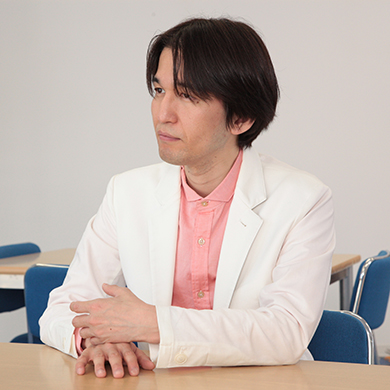
TETSUSHI SUZUKI
President & Representative Director
Joined Arch in April 2018 after working at Broccoli and Production I.G. President and Representative Director since April 2020.
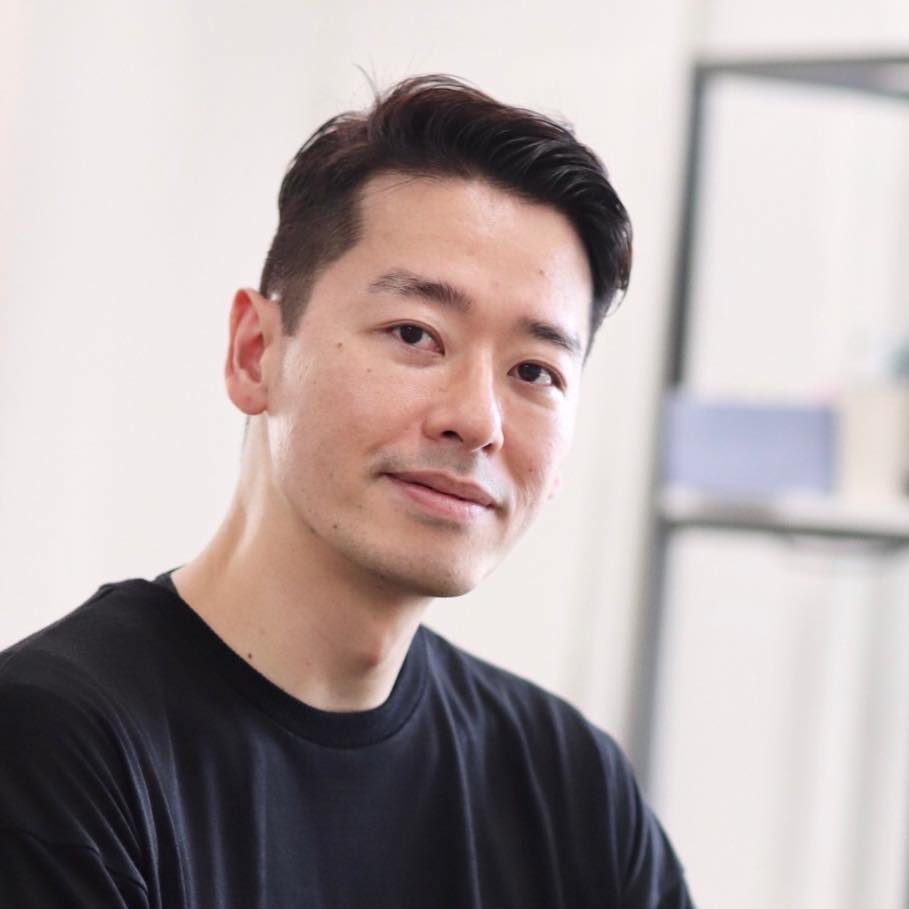
NAO HIRASAWA
CEO
Formed Arch Inc. after working for a number of years at Bandai Visual (Known as “Bandai Namco Filmworks” now), Production I.G, and Ultra Super Pictures.